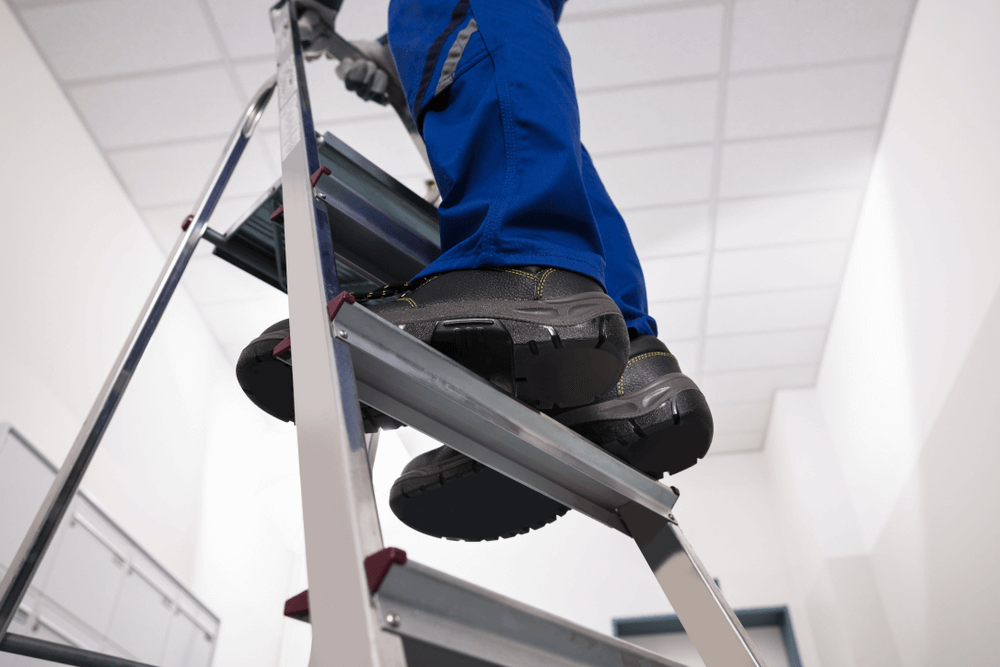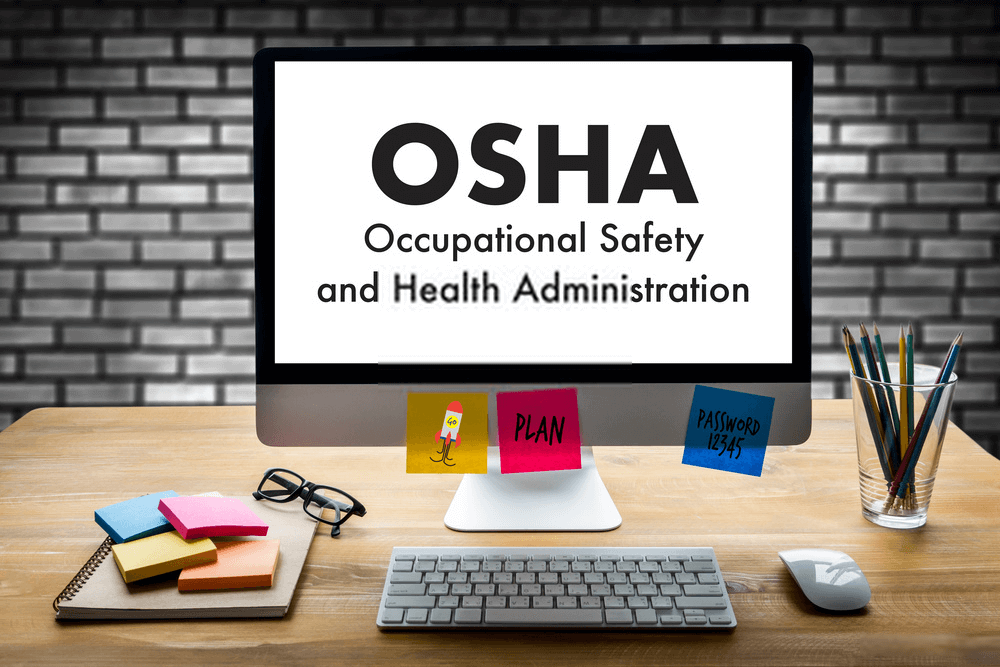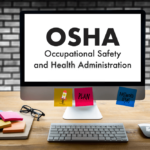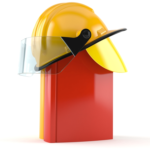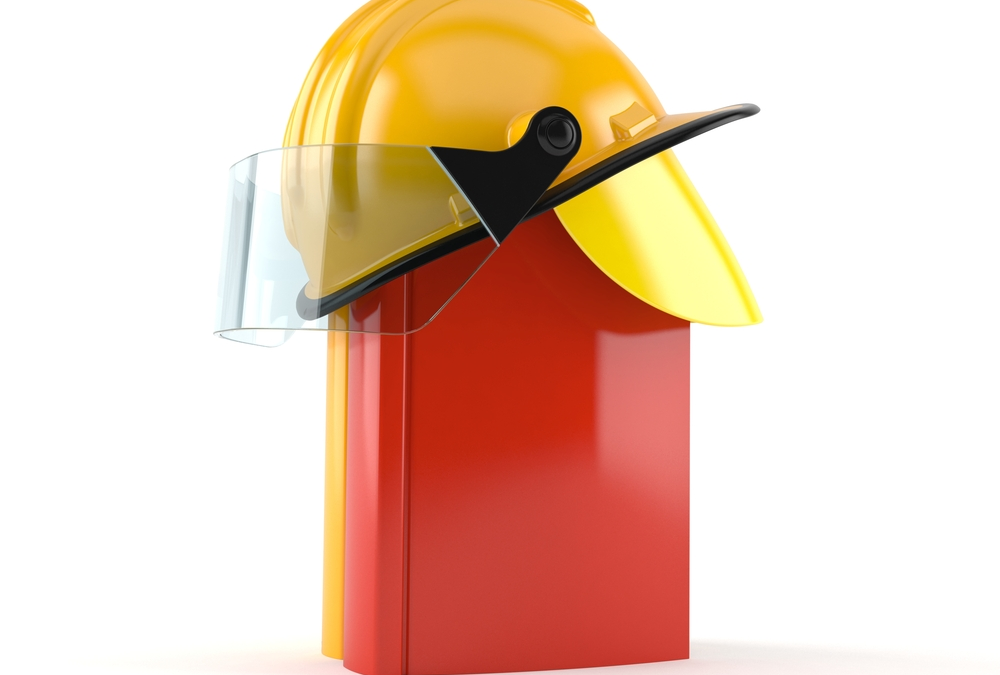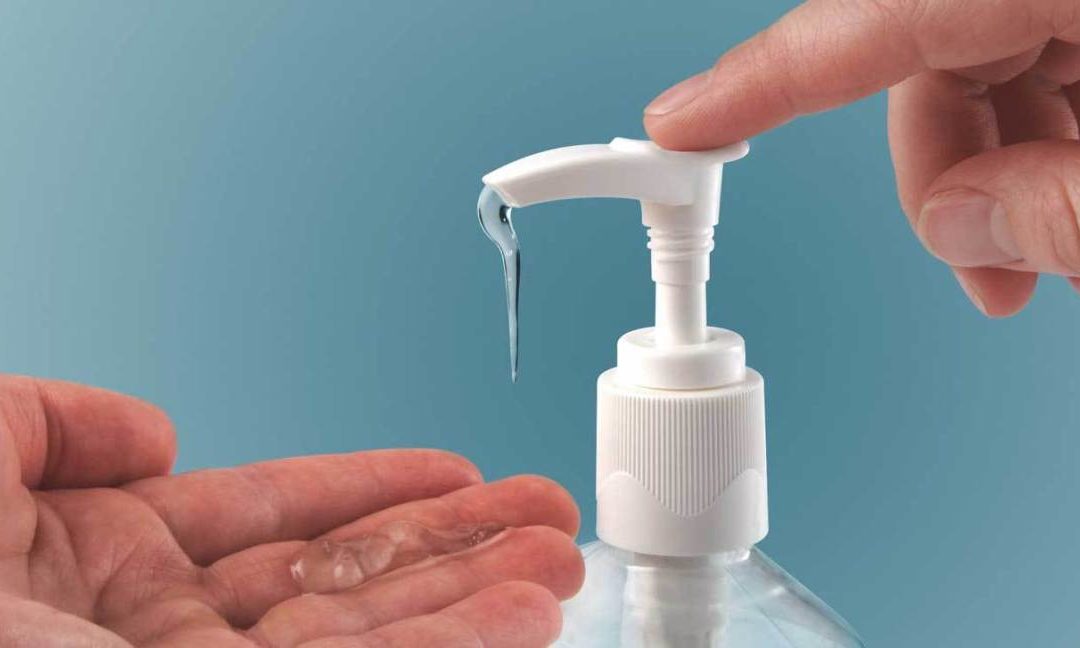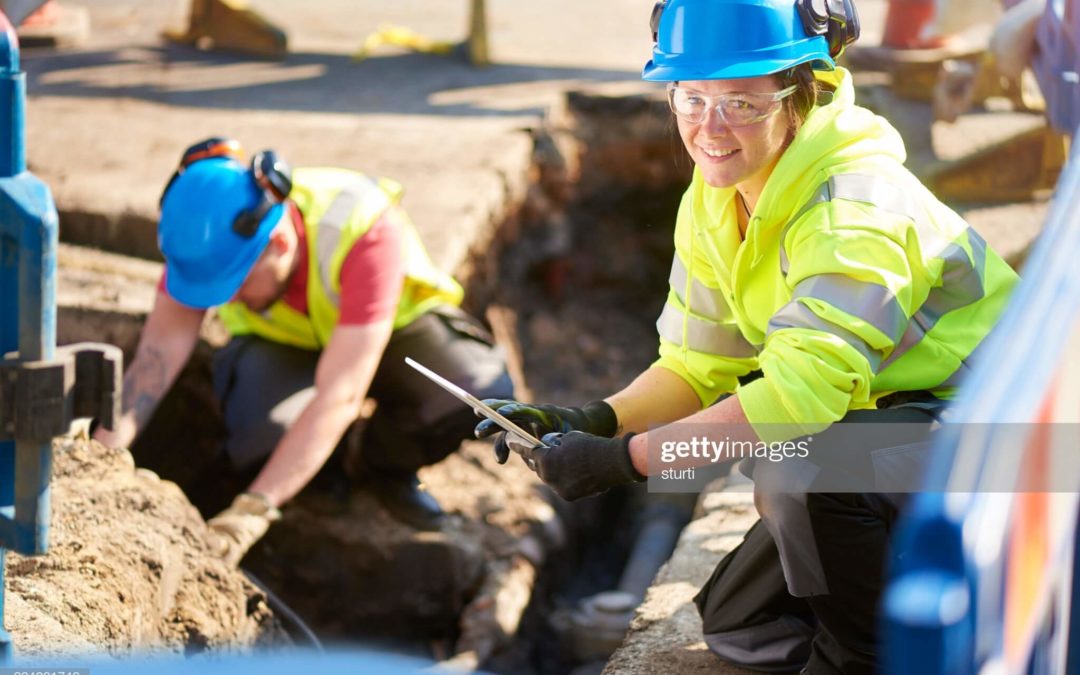Ladder Safety – Prevention through Design
Ladders are used in many jobs for cleaning, painting, changing light bulbs, accessing storage areas, reaching platforms, and more. Because going up and down a ladder all day can cause fatigue, when performing these tasks workers will naturally want to maximize the effort they’ve spent to climb the ladder and will occasionally stretch themselves or their tools to accomplish little jobs a little faster, which is when an inherently risky situation may become even more dangerous. Ladder accidents are preventable, but without better safety planning, training, and continuous innovation in product design, we will continue to see far too many fatalities.
Think about the products you use every day. How many of those products are exactly the same as they were when your grandfather used them? I bet you can’t name very many. Some of the very basic ones like a knife and fork or a needle haven’t changed, but most have. How many TV channels were there when you were a kid? What did your phone look like? Our phone was stuck to the wall, and we had to turn a dial around for each number. How about your family car? Did it have seat belts or airbags? Ours didn’t. If my dad wanted us to sit down, he would just tap the brakes, and down you went. So, why do cars have seat belts? Silly question, right?
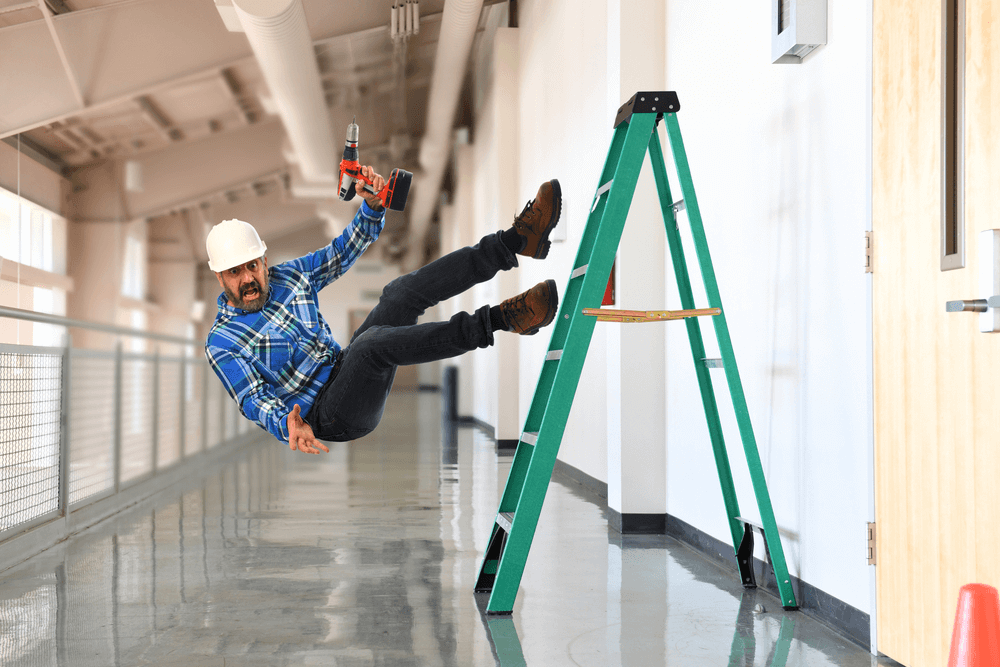
Safety Through Design
Statistics show there are 10 million traffic accidents a year that result in more than 30,000 fatalities. We train people in driver education courses to avoid accidents, but we know they are going to happen.
Because car companies know accidents are going to happen, they’ve added safety features to protect the driver, even when he or she does something wrong. Seat belts and airbags have been proven to reduce injuries and fatalities, and now car companies are adding sensors to stop your car automatically before you run into something, even if you aren’t stepping on the brakes. This is safety through design, not just training.
The safest way to design a product is to design out the dangers. If it’s impossible to design out all of the dangers, then you guard against those dangers. The lowest form of design is putting a warning sticker on it. Have you looked at the side rail of a ladder lately?
It’s covered with warning labels full of fine print. While other products have improved and become safer, ladder companies have just added more stickers to tell you what not to do. Grandpa’s ladder hasn’t changed much in design in hundreds of years.
They’ve changed the material from wood to aluminum to fiberglass (which is non-conductive), but the basic design has remained unchanged. There are a lot of stickers telling you how to safely use the product, and companies hold training classes to teach you how to use the product safely—but, statistically, we know people are still going to do things that will cause an accident.
If we know these accidents are going to happen, we can identify the causes and design safety features to prevent them.
Ladders are too heavy
In some service industries, almost half of ladder-related injuries are strains and sprains from handling a heavy ladder. Some workers are doing 8-12 visits a day with a 28-foot extension ladder that weighs more than 70 pounds. (You thought you were tired at the end of a day.) The solution to this problem is to make lighter ladders. New fiberglass materials are available and can reduce the weight of your ladder by 20 percent. Most ladder companies now offer a lighter-weight version of some ladders.
People use the wrong ladder for the job
This happens mostly because the right ladder for the job is too heavy. If I have the choice to carry a 4-foot stepladder or an 8-foot stepladder, I’ll probably carry the 4-footer and try to make it work by climbing on the top step or top cap of the ladder to get the job done.
The top step of a stepladder has a sticker on it that says, “This is not a rung. Don’t stand here.” If the only purpose for the top step is to hold the sticker tell you not to use it, why is it there in the first place? If it’s not there, you can’t use it, and hopefully it will discourage you from standing on the top of the ladder.
Leveling a ladder
When I ask people how they level their ladder, the common response is bricks and boards. There are several companies that make levelers you can add to your ladders. Some ladder companies are building leveling devices integrated right into the ladders.
Over-reaching
Improper leveling and over-reaching are the major causes of tip-and fall accidents. These accidents cause thousands of disabling injuries and hundreds of fatalities every year.
We train people to keep their bodies between the side rails of the ladder, but we know that doesn’t always happen. One solution to this problem is adding outriggers to the bottom of an extension ladder to increase the footprint. If the climber can’t get outside of the footprint of the ladder, he won’t be able to tip it over.
Those outriggers would also level to the ground, giving the ladder a wide-level base. Also, by adding a caged platform at the top of a stepladder, you can keep the user centered inside the footprint of a stepladder, as well.
OSHA has great ladder safety training on its website. The American Ladder Institute offers free online ladder safety training at its website, www.laddersafetytraining.org, but training alone is not enough. We know how people misuse ladders, so we can add safety features to prevent the accidents from happening—even when they are misused. Safety through design, not just safety training.
Guest written by David Francis: National Safety Director for Little Giant Ladder Systems

